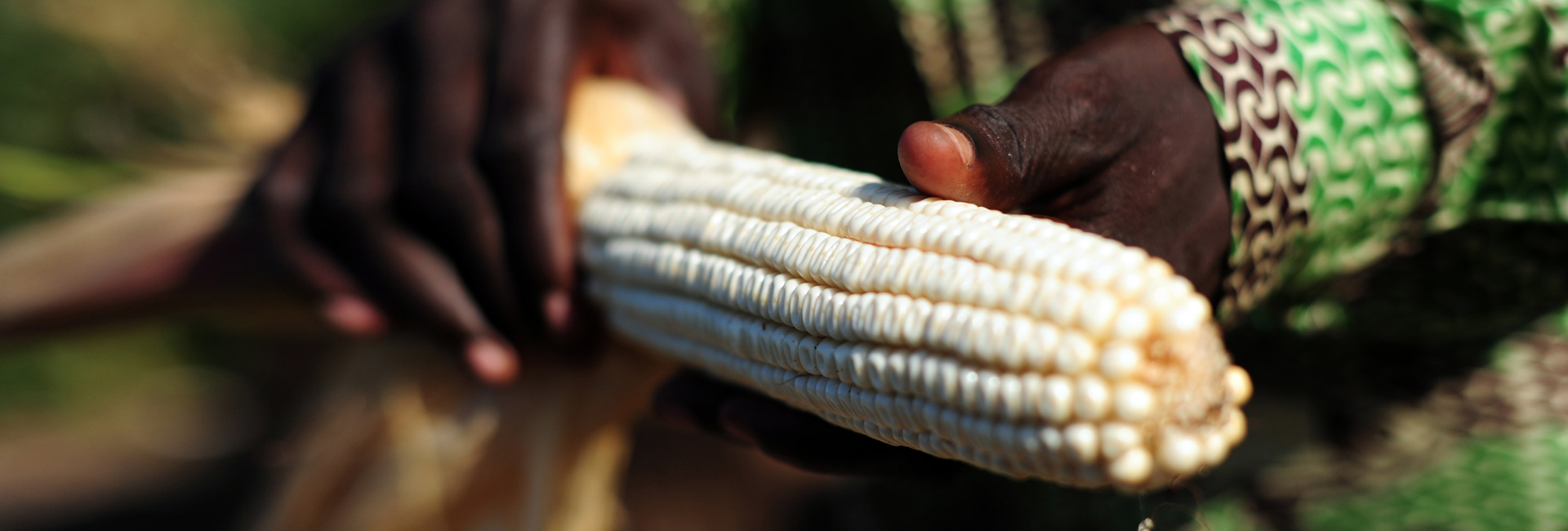

UNGM NO: 613759 | NCAGE NO: SGGU2 | DUNS TRACKING ID NO: 2188825 | SIC CODE: 7389















A Shofar is an ancient wind instrument, made from the horn of an animal. It is the ancestor of modern bugles and trumpets. The ram’s horn, also known as the shofar, is mentioned throughout Biblical text. In ancient Biblical times, it was used to gather and assemble the people of Israel, as a call to prepare for battle and a way to announce celebrations and feasts.
This traditional “trumpet,” as some call it, is used in many churches as a call to worship. Some believe that the first shofar was created from the ram given to Abraham by God in place of the sacrifice of Isaac. Our authentic ram’s horns come from the Merino Sheep in South Africa, and each shofar has a unique look, feel, texture, and color.
Shofarot are made as follows:
Materials - The Shofar can be made from the horns of any kosher animal except the bovine (cow) family. The mouthpiece may be covered with gold or silver in some traditions.
Making the Shofar - The horn is flattened. It is heated and shaped by applying heat to soften it. The horn is hollow inside, but the tip is naturally closed and forms a cone. Bore a hole from the tip to the natural hollow inside to make the mouthpiece and then shape it. Of course, it is much easier to buy a Shofar. They come in many sizes and shapes.
Quality control - The Shofar must be perfect. It cannot be cracked, fixed, or patched. To test the Shofar, stop the small end and fill it with water from the big end. If the Shofar leaks, it must be discarded.
Blowing a Shofar is a bit like blowing a bugle. Unlike woodwind instruments, the Shofar, like the bugle, has no reed. The sound depends on how you purse your lips, and on the acoustic qualities of the mouthpiece and the horn.
Before you start - Check the Shofar for cracks as above. Clean the Shofar and tap the mouthpiece against your palm to remove moisture.
How can you make a sound? - Make your lips vibrate just as you would for blowing a trumpet or bugle. If you don't know how to do this, simply close your lips together as hard as you can and blow through them, until you get a vibrating sound (like a "raspberry" sound that children make).
Many experts use the side of their mouth to blow the Shofar, in order to get the right sound. You will need to adjust your lips so the sound resonates properly depending on the physical construction of the particular Shofar.
Once you have found a resonance point, the sound can be wonderful.
All horns are buffed and polished to perfection and are light enough to carry in your hand bag.
Available in polished and half-polished.